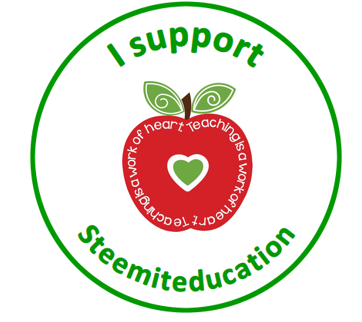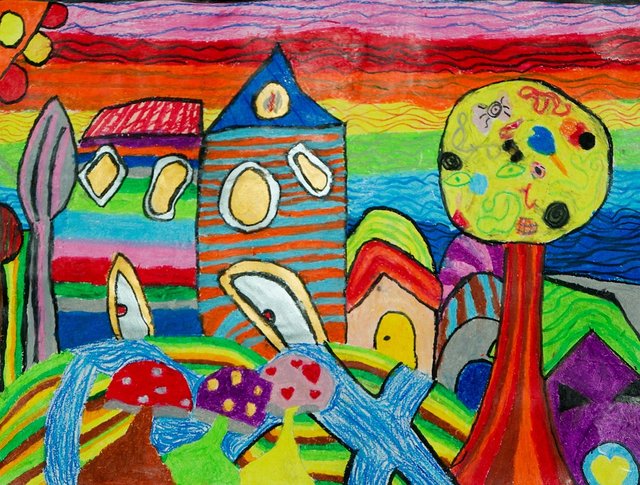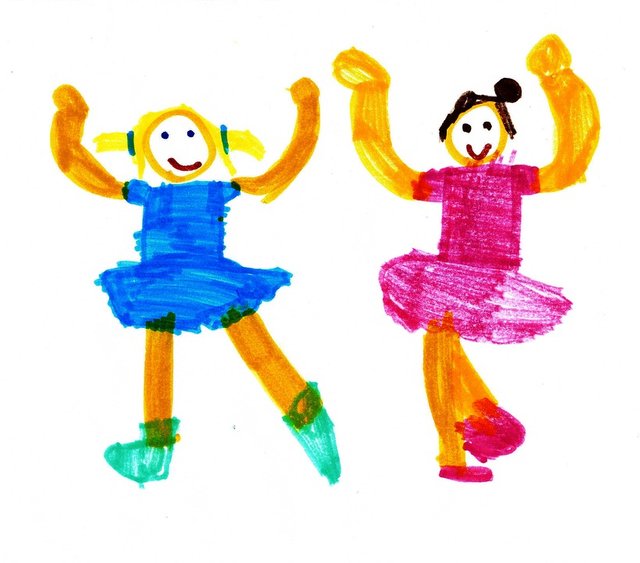Diferencias en los niveles atencionales: déficit de atención con hiperactividad (TDAH) y espectro autista (TEA) - II PARTE
Good afternoon readers, here I leave the II Part of Differences in attentional levels: attention deficit hyperactivity disorder (ADHD) and autism spectrum (ASD)
This is the I Part, in case you want to read it.
We continue with the characterization.
5. I am discouraged: it is very easy and it bores me; It's very difficult, I can not do it.
It is easy for a child with autism to become discouraged because they are very susceptible to the type of activities to which they can submit. It is a duty of the schools to adapt the curriculum so that each student can carry out his educational pursuit. It is one of the ways to approach the next area of each student to adjust the activities to their real possibilities.
The school must find ways to adapt the teaching process so that the learning of these students takes place in a level of equal conditions and opportunities.
Being a student with ASD is more difficult to motivate since the reinforcers are not popular, but very specific and personal; however, the student with ADHD is more likely to be motivated by popular reinforcers.
6. Idiosyncratic interests: I want to learn about ...
A term coined by people with autism is the _ monotropismo, _ as a way of describing the focus on a single issue discarding others. It is linked to the processing of information by a single channel or mono processing, as a consequence they focus on their particular interests and are disconnected from general activities. This is how your attention is absent from all the topics that are not within your particular and restricted interests.
It is not about ADHD. They are interests that are not connected with the task that is performed. The exit is not to medicate, but to make a pedagogical action with more attractive themes for the child that is precisely what the school in its effort to comply with the curriculum does not contemplate.
7. Medication: I'm calmer; but no more attentive.
According to current figures from the Fundación Cadah, this is the current reality about prevalence.
Prevalence is the proportion of individuals of a group or a population that present a characteristic or event determined at a given time or period, that is, what percentage of the population meets the criteria for the diagnosis of ADHD.
Source: Cadah Foundation
There is an increase in diagnoses of ADHD and at the same time the age at which it can be closed has been decreasing. Some years ago the prevalence was estimated at 4% -6%, and the most recent epidemiological studies have published figures that are around 20%.
It is certainly a bleak picture for both the children and the family.
If a child is unnecessarily medicated with a diagnosis of ADHD because the necessary information is not collected that sustain beyond the classic symptoms, it will end up medicated, when what it needs is to be recognized from its learning style.
Stereotypies have been confused with hyperactivity and it is also affirmed that they even cede with medication. Stereotypies are typical of ASD and do not diminish with medication but rather directing the child's own activity and giving alternatives to develop other activities.
That's why when you have a restless child before putting medication or adjust the one you have is necessary to be observed and given what you really need.
8. Difficulties with health: how do I tell you that I do not feel well?
Due to the important limitations in communication that people with ASD present, they can not usually express their discomforts. That's why a child who is inattentive or restless could be having a bad day.
Not everything is ADHD.
To end…
There are cases of ASD with ADHD as comorbidity, but what I have tried to say is that we are confusing the characterization of ASD.
I leave you some suggestions that could help:
• Evaluating the environment is essential, especially from the point of view of sensory stimuli.
• Point, graph, exemplify with images, de-sample when using articulated language.
• Always confirm if the child has understood what you are saying.
• One instruction at a time. Do not saturate it.
• Investigate cognitive learning styles of children with ADHD and ASD.
• Always motivates.
• Do not put a ceiling on them.
• Do not go fast.
• Team with the family.
ADHD and ASD exist, in specific cases for each one, do not confuse them.

References.
I have heard that autism and ADHD are related. Is that true?
Differences between ADHD and autism
ADHD as Comorbidity in Autism and Asperger Syndrome

So far, this II Part, I hope it has helped you. See you at the next opportunity.

And if you want to know more about these topics you can visit my networks.

Supporting the Venezuelan community in Steemit:
@edu-venezuela, @steemiteducation, @votovzla, @provenezuela, @proconocimiento


Follow @el-panal, @la-colmena, @c-squared because they are permanent supporters of the Hispanic community.
I recommend you visit @reveur and join the conversations on current issues.
@reveur, also supporting our community.

Thank you for your visit. I will gladly answer, if you would like to leave a comment.

Posted from my blog with SteemPress : http://sandracabrera.rockdio.org/2019/02/25/diferencias-en-los-niveles-atencionales-deficit-de-atencion-con-hiperactividad-tdah-y-espectro-autista-tea-ii-parte-2/




¡Felicitaciones!
Te participamos que puedes invertir en el PROYECTO ENTROPÍA mediante tu delegación de Steem Power y así comenzar a recibir ganancias de forma semanal transferidas automáticamente a tu monedero todos los lunes. Entra aquí para más información sobre cómo invertir en ENTROPÍA.
Apoya al trail de @Entropia y así podrás ganar recompensas de curación de forma automática. Entra aquí para más información sobre nuestro trail.
Puedes consultar el reporte diario de curación visitando @entropia.
Atentamente
El equipo de curación del PROYECTO ENTROPÍA
Ya que utiliza el servicio de hospedaje de WordPress de @reveur y el plugin de @steempress-io para publicar contenido en nuestro idioma, el #castellano, si deseas saber mas o formar parte, haz click en la imagen para entrar a nuestro discord.
Hello @sandracabrera! This is a friendly reminder that you have 3000 Partiko Points unclaimed in your Partiko account!
Partiko is a fast and beautiful mobile app for Steem, and it’s the most popular Steem mobile app out there! Download Partiko using the link below and login using SteemConnect to claim your 3000 Partiko points! You can easily convert them into Steem token!
https://partiko.app/referral/partiko